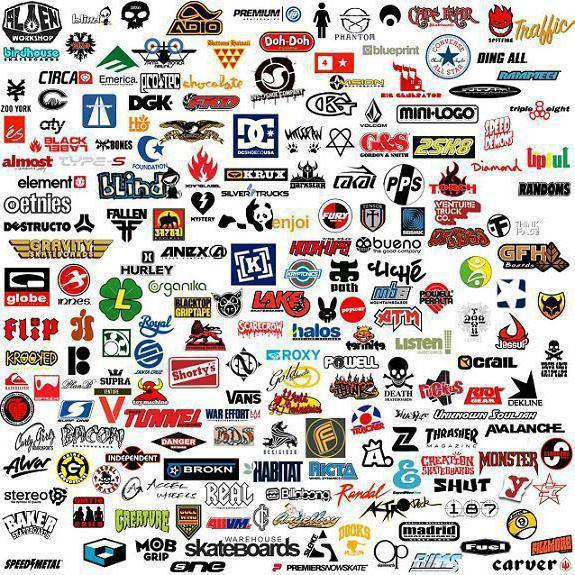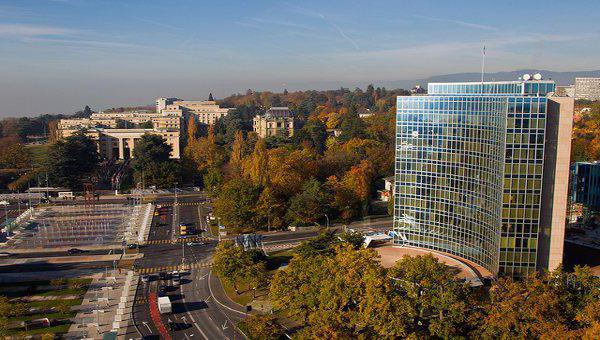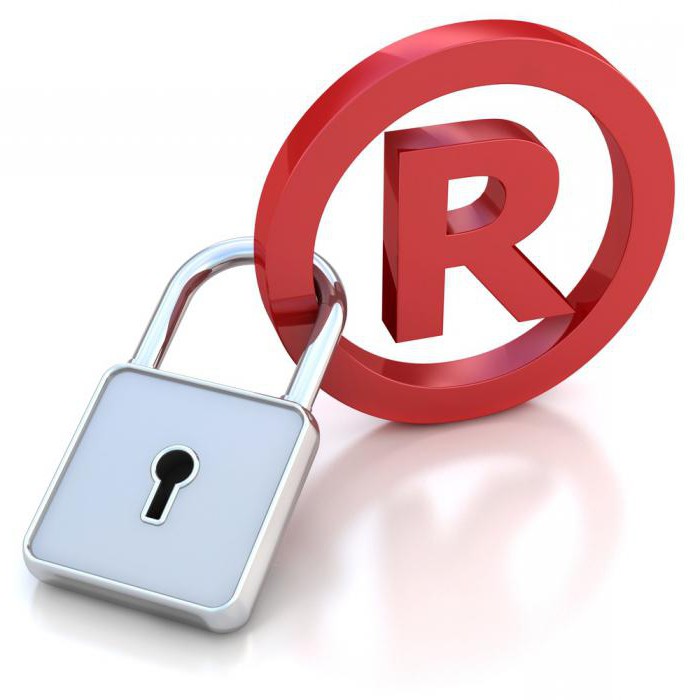Registration of a trademark (RTZ) abroad is still quite relevant now. According to Art. 1507 of the Civil Code, citizens of the Russian Federation and legal entities can register a trademark (TM) abroad or international (MR).
MRTZ
There are two ways to register TK in foreign countries:
1) When submitting a package of documents to the Patent Office (national or regional) of each individual state.
You will have to pay for translation services, comply with the deadlines set by the legislative framework of each foreign country, and pay patent attorneys employed in these countries. But it is not required to have a national registration of the mark.

2) When using the Madrid Protocol mechanism to protect the trademark in foreign countries.
The package of documents is submitted to the International Bureau of the World Intellectual Property Organization (WIPO IB, or WIPO in English, OMPI in French). To do this, you need to have a national registration of TK, but one application is made out, there is no need to involve translators and patent attorneys, and also to observe separate requirements for each country.
The sequence of implementation of the MRTZ
An application for MR can be filed after several months after the submission of a package of documents, together with an application for a national registration of TK. In Russia, as in any other state, a request for registration at the WIPO IB is mandatory for consideration through a government department within the country (in the Russian Federation - Rospatent).
According to the Madrid system for the international registration of trademarks, an application (form MM-2) is submitted through the office of the authorized body. In each of the countries, such a body is considered to be a regional or national agency. After filling out the registration form for TM in the form of MM-2 usually contains the following data:
- the name of the country of origin of the brand (for the State party to the Madrid Protocol on the International Registration of Trademarks);
- contact details, name and other information about the applicant or his representative (individual or legal entity);
- real image of the trademark logo (TM), its color combination, transliteration from translations of all inscriptions on the logo into French, English and Spanish;

- full description of TK;
- an indication of the protection of individual brand elements;
- products and services designated by the trademark subject to registration and their classification in accordance with the International Classification of Goods and Services (IKTU);
- a list of names and classes of products and services to be protected, as well as a list of countries parties to the Protocol where they should be registered;
- signatures of the applicant or his representative.
In a typical application, one of the three languages can be selected: French, English, Spanish - for the Madrid Protocol, and only French - for the Madrid Agreement on the International Registration of Trademarks. Documents on the legality of the use of various elements of the brand do not require legalization and certification by specialized departments of the countries participating in the Protocol (the exception is confirmation of origin in the relevant department).

Within twelve months from the time of application, each country indicated in it may refuse to register T3 on the basis of its inconsistency with its domestic law.In the absence of such objections, the mark acquires the status of a protected mark in all states prescribed in the document.
Standard terms of MRTZ
The term of protection of TM is not limited, but within the framework of national and international systems for the registration of marks, it should be renewed after a certain period of time. The procedure for extending the registration of a trademark is required to continue protection in the countries indicated in the application. Otherwise, the brand may be occupied by another organization, and the right to use it in foreign countries will be limited.
Starting from the moment of acquiring the status of protected, the usual term for the International Registration of Trademarks is ten years. It can be extended for another as much, and the number of such extensions is not limited. Opportunities for extending the term of the MRTZ are deprived of the organization, which by this time were liquidated. Six months before the deadline, the IB sends a written notice to the copyright holder or his authorized representative about the exact date for the completion of the international registration of TM. To extend it from the end of the previous period, it is necessary to pay the amount of the main (fee of the patent office of each country), additional (for 4 and subsequent classes of goods and services) and additional (for making each additional country) fees.
International trademark registration is dependent on national registration for a period of five years. After this time has passed from the moment of receiving the MR in the countries indicated in the application, it ceases to depend on national registration. That is, from this moment on, the copyright holder has the right not to pay a fee to the national agency for renewing the validity period of the TM for the next ten years, and can also register another copyright holder and carry out transactions with the exclusive right to own the brand.

RTZ fee
According to the “Agreement on the ICGS”, adopted in Nice in 1957, goods and services are grouped into 45 classes (34 of them for goods, and the rest 11 for services). MKTU is required for MS registration. It greatly facilitates the subsequent use of TK and the examination of the application.
The composite fee accepted for payment is calculated depending on the classes of the ICGS and the number of countries for the MRTZ.
The international fee paid by organizations when registering TK consists of:
- base duty;
- duty called additional (required to pay for each additional (more than three) class of MKTU);
- surcharge (for each country added to register TK protection).

Madrid RTZ system
The base of this system began to be laid in 1891 and is still governed by 2 international treaties: the Madrid Convention on the International Registration of Trademarks and the protocol thereto. The Madrid System (MC) has over 90 states (listed on the official WIPO website). Any country party to the Paris Convention for the Protection of Industrial Property can become a party to the Madrid Protocol or Agreement, intergovernmental organizations that, subject to certain conditions, can join the Madrid Protocol, can also become a party.
The Protocol, in comparison with the Agreement, has a number of differences, therefore, it was signed by more countries. He introduced the following changes to the Madrid MRTZ system:
- the international application began to be based not only on the national registration of the brand, but also on the basic (national) application for registration;
- the number of languages for applying has increased: English and Spanish have been added to French;
- the term for consideration of a separate international application in each specified country increased to 18 months instead of 1 year corresponding to the Madrid Agreement;
- upon cancellation of the national registration at the request of the patent office of the country in which the TM was first used for a period of five years from the date of receipt of the MRTZ, it can be transformed into national (regional) applications of the participating countries of the current international registration.

In order to have an idea of the benefits of the International Trademark Registration Procedure under the Madrid Procedure, the mechanism of its action should be understood. The owner of the TM submits an application for the international protection of the mark to the patent office of his country, indicates the list of states in which he plans to draw up legal protection of the mark. To submit such an application to WIPO IB, 3 forms were developed:
- MM-1 - applies if all the states selected by the applicant have become parties to the Madrid Agreement;
- MM-2 - used if all the countries selected by the applicant have signed the Madrid Protocol (without taking into account the ratification of some of them by the Madrid Agreement);
- MM-3 - is used if the list of states selected by the applicant includes at least one country connected only by the Agreement or only by the Protocol (without taking into account the connection also with the Madrid Agreement).
Installed set of documents for sending applications to MRTZ
The necessary set of documents for filing by the citizens of the Russian Federation an application for the International Registration of Trademarks with Rospatent include:
- a questionnaire of an attorney or owner of a TM asking for registration of international importance with WIPO IB;
- application of the assistant or copyright holder of the national registration in the required form and language;
- copy of the document on payment of the international fee transferred to the account of WIPO IB;
- Scan of the document on payment of the filing fee, certified by a patent attorney or applicant.

MRTZ Application Review Mechanism at WIPO IB
After the verification procedure by the national authorities, the application for classified electronic communication channels is received by the WIPO IB located in Geneva in Switzerland. The Bureau conducts an independent examination of the application for compliance with all established requirements, including the amount of payment of the fee for MRTZ. Further, the mark is registered: information about it is published in the official Bulletin. Then, after entering information about it in the International Register, the certificate of MRTZ is sent to the brand owner and to the countries indicated in the application. Departments of the declared states conduct an examination and determine the scope of protection of TK that can be provided in relation to an individual TM in each country.
Patent offices of individual states conduct the examination as thoroughly as if the documents were filed directly with them. If, according to the results of the examination, the department of a particular state refuses to provide protection of TK, a refusal notification is sent to the WIPO IB, information about which is documented in the International Register according to the declared TM. The decision on refusal received from one country does not affect decisions of departments of other states.
The main features of the expertise of national departments of foreign countries
Examination of the national agency of the country confirms the fact of compliance:
- TM in the international application with TK in the basic application;
- the applicant for international registration with the applicant for the main;
- an exhaustive list of products and services for an international application with a list of goods and services that are indicated during the main (base) registration of TM; a smaller quantity of goods and services is also allowed in the documents on the MRTZ.
One of the main reasons for the refusal of the national department in the international protection of TM is considered to be the dissatisfaction of the brand with the conditions of eligibility of this country. The check is based on determining the distinctive ability of the mark, its possible violation of the rights of owners of already registered brands.
Cost of MRTZ according to the Madrid system
If we take prices for one class of TK, then the price of the service for checking the possibility of registering a certain TM will be nine hundred euros. Registration and submission of a national application will cost two thousand two hundred euros, and international will depend on the number of countries selected for registration of TK, on the Swiss franc rate and on the size of official duties.
The base duty for TM in black and white is six hundred and fifty-three Swiss francs, and in color - nine hundred and three. The duty for another additional class of services and goods over 3 adds to the amount of one hundred Swiss francs, like every additional country for MRTZ.
Since 2002, WIPO has received electronic applications and documentation from national patent offices of individual states. All scanned and indexed documents, as well as information on registered TK, are stored there in the International Register in digital form. Access to data is possible on a reimbursable basis.